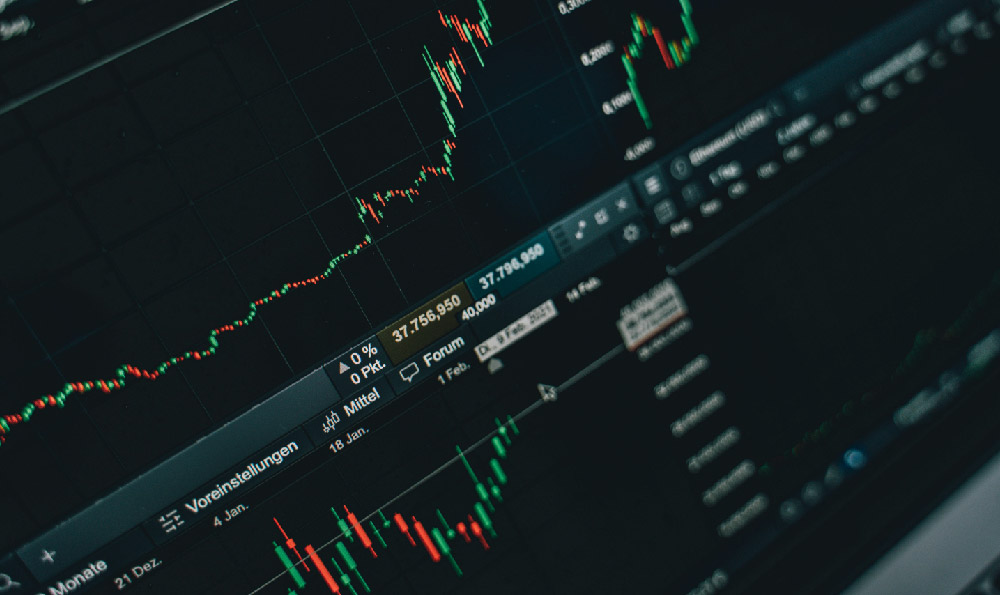Investing in gold and silver exchange-traded funds (ETFs) can be a strategic move for diversifying your portfolio, hedging against inflation, and potentially capitalizing on market volatility. However, like any investment, it's crucial to understand the nuances involved before allocating your capital. Let's delve into whether investing in gold and silver ETFs is right for you and, if so, how to approach it effectively.
Firstly, consider the underlying rationale for investing in precious metals. Gold and silver have historically been considered safe-haven assets, meaning their value tends to hold or even increase during periods of economic uncertainty, geopolitical instability, or inflationary pressures. This stems from their intrinsic value, limited supply, and historical use as currency and stores of wealth. When traditional assets like stocks and bonds falter, investors often flock to gold and silver, driving up their prices. This inherent characteristic makes them useful diversifiers within a broader investment portfolio, potentially mitigating overall risk.
However, it's essential to recognize that gold and silver are not income-generating assets in the same way as stocks or bonds. They don't pay dividends or interest. Their value appreciation depends solely on market demand and investor sentiment. This means that the returns on gold and silver ETFs can be quite volatile and unpredictable in the short term. They can be subject to speculative bubbles and corrections, making it crucial to have a long-term investment horizon and avoid emotional decision-making.

Before diving into specific ETFs, it's important to understand the different types available. There are primarily two main types: physical bullion-backed ETFs and gold/silver mining ETFs. Physical bullion-backed ETFs directly hold physical gold or silver bullion in secure vaults. Each share of the ETF represents a fractional ownership of the underlying metal. The price of the ETF closely tracks the spot price of gold or silver, minus the ETF's expense ratio. These are generally considered the most direct and transparent way to invest in precious metals. Examples include the SPDR Gold Trust (GLD) and the iShares Silver Trust (SLV).
Gold and silver mining ETFs, on the other hand, invest in companies involved in the exploration, mining, and production of gold and silver. These ETFs offer exposure to the precious metals market but are also subject to the performance of the individual companies they hold. This means their performance can be influenced by factors such as production costs, regulatory issues, geopolitical risks in mining regions, and the overall health of the mining industry. While these ETFs can potentially offer higher returns during bull markets, they also carry a higher level of risk compared to physical bullion-backed ETFs. Examples include the VanEck Gold Miners ETF (GDX) and the Global X Silver Miners ETF (SIL).
Choosing the right ETF depends on your risk tolerance and investment objectives. If you seek a direct and relatively low-risk way to invest in gold or silver, physical bullion-backed ETFs are generally a better choice. If you are comfortable with higher risk and have a more speculative outlook, gold or silver mining ETFs may be more appealing.
Once you've determined the type of ETF that aligns with your goals, it's time to analyze specific funds. Key factors to consider include the ETF's expense ratio, trading volume, tracking error, and underlying holdings. The expense ratio represents the annual cost of owning the ETF, expressed as a percentage of the fund's assets. Lower expense ratios are generally preferable, as they directly impact your returns. Trading volume indicates the liquidity of the ETF, with higher trading volumes typically resulting in tighter bid-ask spreads and easier execution of trades. Tracking error measures how closely the ETF's price tracks the spot price of gold or silver. A lower tracking error indicates better performance.
Consider also the tax implications of investing in gold and silver ETFs. Depending on your country and tax bracket, profits from the sale of ETF shares may be subject to capital gains taxes. It's crucial to consult with a tax professional to understand the tax consequences of your investment.
Now, how should you actually incorporate gold and silver ETFs into your portfolio? A common strategy is to allocate a small percentage of your overall portfolio to these assets, typically ranging from 5% to 10%. This helps to provide diversification without significantly impacting your portfolio's overall risk profile. Dollar-cost averaging, a strategy of investing a fixed amount of money at regular intervals, can also be effective in mitigating the risk of buying at market peaks.
Timing the market is notoriously difficult, especially with volatile assets like gold and silver. Instead of trying to predict short-term price movements, focus on establishing a long-term investment plan and sticking to it. Regularly rebalance your portfolio to maintain your desired asset allocation, selling some of your gold and silver ETF holdings if they have significantly outperformed and buying more if they have underperformed.
In conclusion, investing in gold and silver ETFs can be a worthwhile strategy for diversifying your portfolio and hedging against economic uncertainty. However, it's crucial to understand the risks involved, choose the right type of ETF based on your risk tolerance, and invest with a long-term perspective. Thorough research, careful planning, and disciplined execution are essential for achieving success in this asset class. Don't rely solely on market hype or speculative forecasts. Instead, make informed decisions based on your own financial goals and risk tolerance. Remember that past performance is not indicative of future results, and the value of your investment can go down as well as up. Consider consulting with a qualified financial advisor before making any investment decisions.